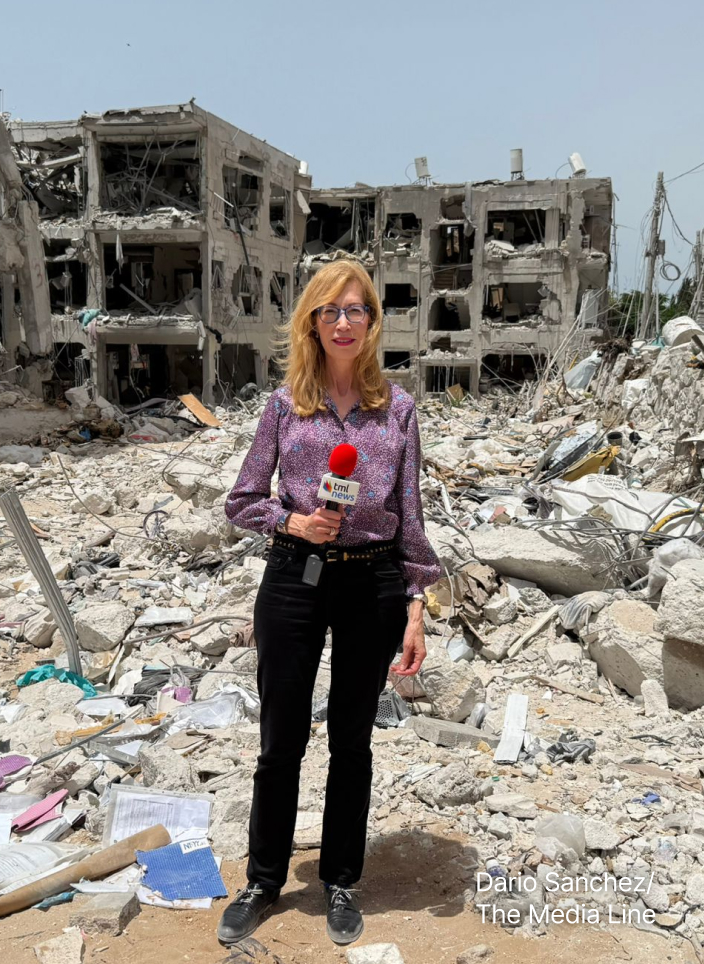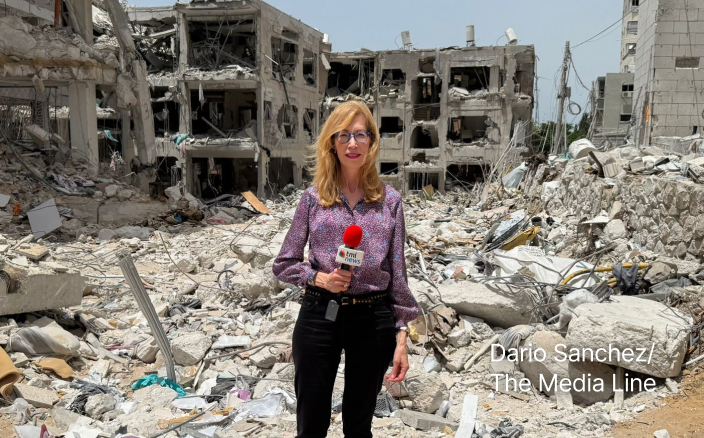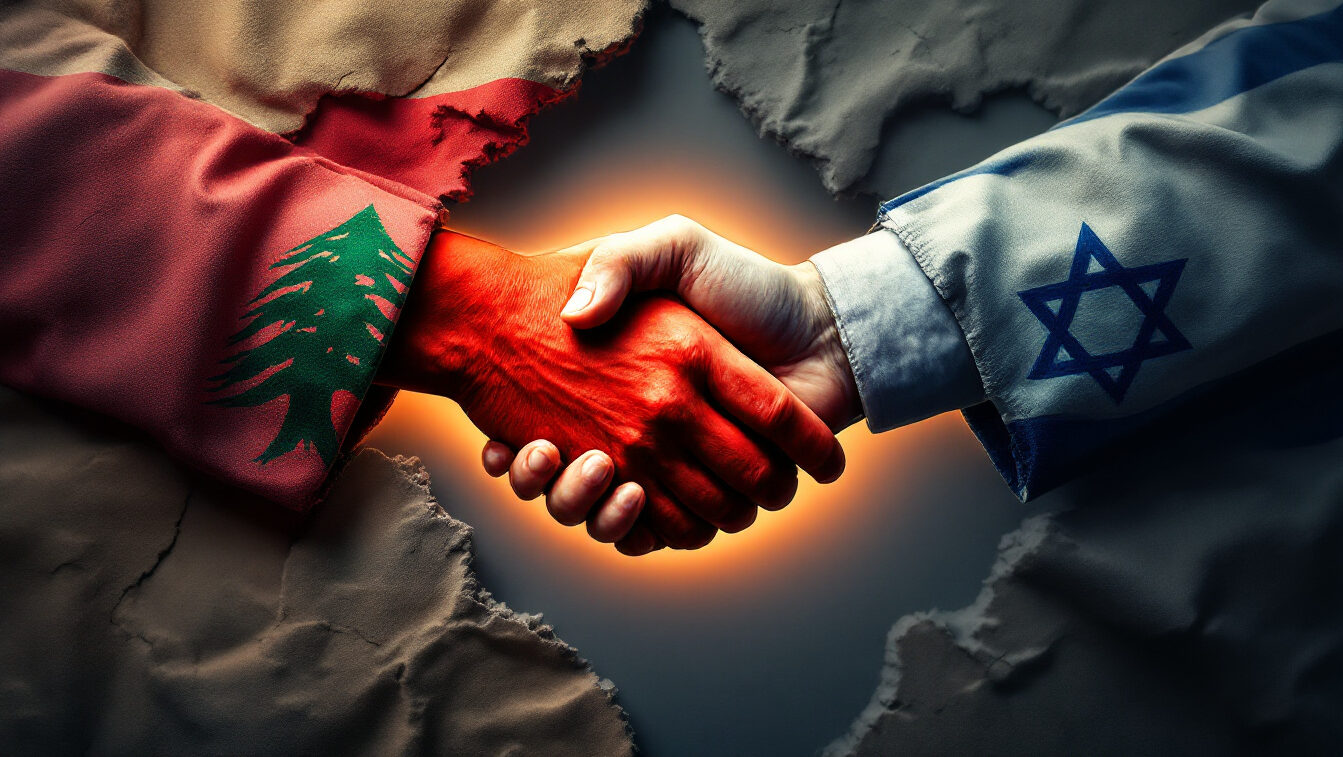A Gaza Deal Following the Lebanon Agreement?
Al-Ittihad, UAE, November 30
The lingering question following the Hezbollah-Israel agreement is whether it will extend its influence to the Gaza Strip. This raises considerations about the political dynamics between Israel and both the Lebanese and Gaza fronts. Israeli Prime Minister Benjamin Netanyahu has used this agreement as a strategy to alleviate domestic pressure and revitalize the Israeli armed forces. However, he faces significant challenges from right-wing opposition, which perceives the agreement as a perilous concession. Netanyahu acknowledges that the ongoing conflict strains the military resources and sends a clear message to the domestic audience that the Israeli army has fulfilled its objectives. The primary aim was to push Hezbollah away from the south of the Litani River and to cripple its capabilities by dismantling the infrastructure in the southern villages. This would neutralize any threats like those faced on October 7. Through the agreement, Israel has not only achieved this but has also secured a strategic advantage by targeting senior Hezbollah leaders, making the decision to agree preferable to a protracted war, which would expose the home front to ongoing assaults. Hezbollah, on the other side, sees any cease-fire agreement as a way to cement its political and operational gains, ensuring its continued role as a military resistance force in the region. Israel sought an agreement allowing it leeway to respond to future threats, aware that past agreements between these parties have been tenuous. For instance, UN Resolution 1701, which ended the 2006 war, failed to prevent subsequent flare-ups. Without robust international assurances, any new accord could quickly unravel. The recurring confrontations underscore the erosion of mutual deterrence; Israel has not been able to dismantle Hezbollah, and Hezbollah has not achieved significant strategic success. Israel’s goal is to fortify its security by adhering to Security Council resolutions. Netanyahu aimed to capitalize on military achievements secured during the conflict, knowing that prolonged warfare could diminish Israel’s political and military standing. The continuation of hostilities might even provoke Hezbollah to expand its targets deeper into Israeli territory, perpetuating displacement among settlers. Nevertheless, the durability of the cease-fire between Israel and Lebanon hinges on fulfilling critical conditions, especially the disbanding of armed groups as outlined in the agreement—with Hezbollah at the forefront—and establishing comprehensive Lebanese state control. This remains challenging, given Lebanon’s limited military capacity to monitor borders and prevent arms flow from Syria. The primary hurdle is not the agreement’s sustainability but Hezbollah’s potential rearmament, despite its commitment. While Hezbollah may temporarily refrain from deploying arms south of the Litani River, it can augment its arsenal north of the river, launching strikes from any location in Lebanon. This is exacerbated by the lack of oversight on the Lebanese-Syrian border. Internally, Hezbollah grapples with numerous challenges, notably from voices within Lebanon blaming the organization for the devastation and damaged infrastructure due to the war. Amid this backdrop, increased American pressure has been a significant factor, with Parliament Speaker Nabih Berri negotiating with the US on Hezbollah’s behalf. Hezbollah faces mounting pressure to accept the cease-fire initiative, motivated by Lebanon’s losses, which reportedly exceed $5 billion, all while grappling with a preexisting severe economic crisis. Concerning the Gaza Strip, any ongoing or forthcoming endeavors regarding a cease-fire after the Hezbollah-Israel agreement necessitate restructuring approaches concerning prisoner and detainee exchanges. The objective is to reach a consensus among all stakeholders on broad strategies that align with US President-elect Trump’s vision for ending hostilities in the Strip. This requires mediators to engage directly with the Israeli government, especially as Hamas is ready to negotiate a cease-fire and exchange of prisoners. The prevailing conditions are ripe to pressure Netanyahu into accepting such deals, mirroring public opinion in Israel, which favors a similar resolution to the one achieved with Hezbollah. Public opinion surveys depict a divide between supporters and opponents of continuing the conflict in Gaza. Meanwhile, the Israeli government is engaging with President Trump’s administration, in line with Trump’s call for a cease-fire on the Lebanon-Gaza fronts and minimizing regional conflicts. —Tarek Fahmy (translated by Asaf Zilberfarb)
Give the gift of hope
We practice what we preach:
accurate, fearless journalism. But we can't do it alone.
- On the ground in Gaza, Syria, Israel, Egypt, Pakistan, and more
- Our program trained more than 100 journalists
- Calling out fake news and reporting real facts
- On the ground in Gaza, Syria, Israel, Egypt, Pakistan, and more
- Our program trained more than 100 journalists
- Calling out fake news and reporting real facts
Join us.
Support The Media Line. Save democracy.



